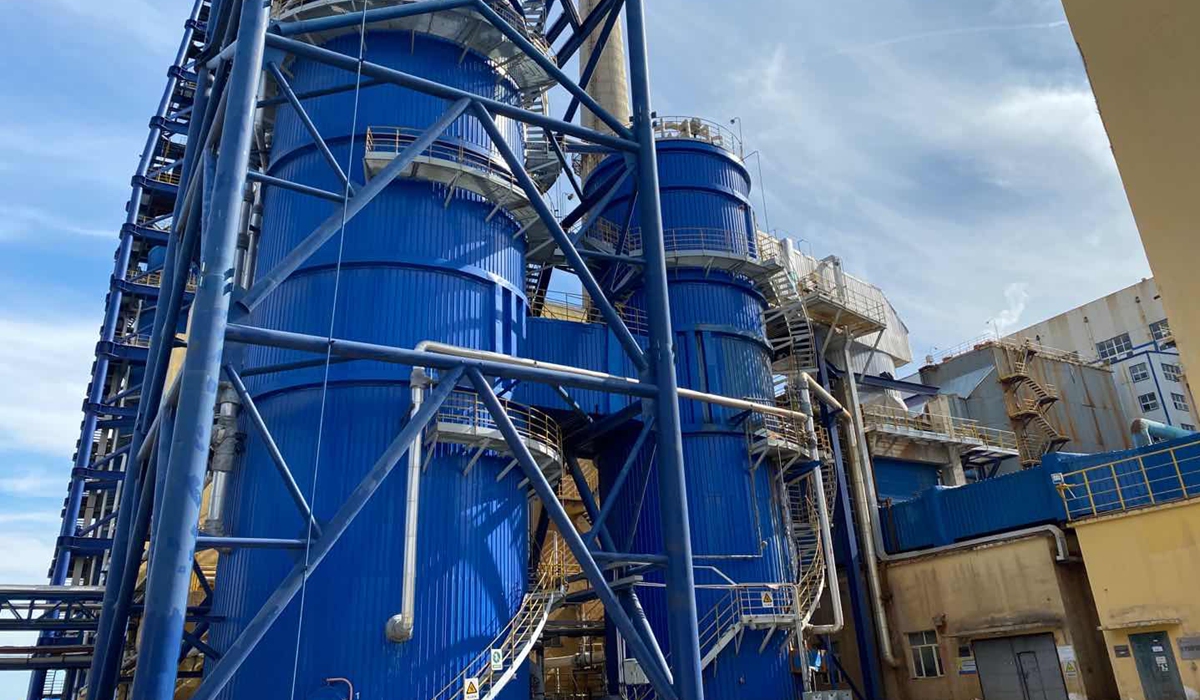Xinjiang getting back on track
By GT staff reporters Source: Global Times Published: 2020/9/8 22:23:40 Last Updated: 2020/9/8 20:23:40
Hard-hit Urumqi needs buffer period after COVID-19 resurgence
Daily life and business activity in Northwest China's Xinjiang Uygur Autonomous Region, the nation's oil industry base and seat of its fruit and cotton production, are gradually getting back to normal after a second wave of COVID-19 struck in mid-July. Urumqi, the hardest-hit area, is still slowly recovering. But most other areas of Xinjiang are resuming production at full speed to make up for losses a week after restrictions eased.
After the airplane that a Global Times reporter took landed at Korla airport, epidemic prevention staff entered the cabin to check each passenger's green heath code and temperature.
Slogans posted at the airport call on everyone to participate in epidemic prevention and take personal responsibility to fight the disease in a scientific way. They remind people that the region just emerged from a COVID-19 outbreak.
Korla, the seat of the Bayingolin Mongolian Autonomous Prefecture of central and south Xinjiang, which abounds in orchards full of fragrant pears and grapes, is returning to normal.
Crowds have re-emerged in supermarkets. Even as late as 10 pm, people wearing masks are buying fresh fruits and vegetables. Some also take their children, who are either riding in the shopping trolleys or picking snacks alongside their parents. They are required to show their health QR codes and have their body temperatures taken before entering, which is the same as in other Chinese cities.
The supermarket has played an important role in ensuring supplies for residents nearby during the epidemic. "Now the supermarket is seeing a growing number of customers every day," an employee told the Global Times.
Production lines are also resuming and in Karamay, an industrial city in northern Xinjiang that holds the majority of Xinjiang's oil and gas industry and serves as node of resources transportation, daily life and production are back on track.

Photo: an oil factory of China National Petroleum Corporation (CNPC)'s subsidiary in Karamay, Northwest China's Xinjiang Uygur Autonomous Region.
Liu, a senior employee of a subsidiary of China National Petroleum Corp, told the Global Times that during the epidemic, the company adopted closed-off management at its production base, with one-third of the employees (about 1,000) dining and living in the factory complex, to ensure the safe operation of the production chain and normal supply of the city.Another employee surnamed Sun told the Global Times that the plant's production capacity of crude oil declined by 90,000 tons, one-fifth of its normal output, in the past month due to the epidemic, and it is now ramping up production.
"It's been a tough time, but it shows the significance of solidarity. The period from July to September is the prime period for oil production, so the cloud has eventually lifted," Sun said.
Cui Tao, the head of Karamay's Baijiantan district, told the Global Times on Tuesday that the special role of Karamay lies in the fact that it is an oil industry city.
Amid the pandemic, the global oil market has shrunk, leading to the decline of many enterprises' production capacity. The epidemic in Xinjiang affected production capacity and the market, said Cui.
However, Cui said that Xinjiang learned from the first wave of the virus in late January. "We have prepared, and businesses and markets in the rest of China stayed basically up and running."
After restoring normalcy, Cui expects Karamay's oil capacity to rise sharply. "Companies of all stripes in the oil industry will also recover more quickly."
An employee of the state-owned pharmaceutical company in western Xinjiang's Aksu Prefecture told reporters that from July 27 to August 27, workers stayed in the local distribution centers all day, and some of them even lived in offices.
"Now the epidemic has ended, and we've returned to eight-hour work days," he said.
The center of Aksu carries out drug distribution and procurement in the region. From January 23 to August 31, it purchased a total of 339 million yuan ($58 million) worth of medical and epidemic prevention materials, and it allocated 267 million yuan worth of those materials, the reporter learned.
Xinjiang local authorities announced plans to restore normal daily activity on September 1, about two weeks after new infections dropped to zero. But the prevention and control measures in the hardest-hit location — Urumqi — have not been totally eased.
On Urumqi's streets, there are more cars and more open stores; residents have returned to workplaces and classrooms, and delivery services have resumed, but restaurants have not resumed dine-in services.
Ga Yu, an employee in an Urumqi-based car factory, was among those quarantined at home when the factory was closed during the outbreak. But now it "has resumed 100 percent production capacity." The factory offers bonuses as it asks employees to work one more hour each day and on Saturday to make up for losses caused by production suspension.
"I feel relieved and safe coming back to work. All the workers have taken nucleic acid tests and the factory offers free masks," a worker surnamed Xie said.
With a population of 25 million, Xinjiang lies along the border areas and has a diversity of ethnic groups, and it needs a longer buffer period to return to normalcy, both psychologically and in practice, observers said, noting it is a hopeful sign to see the region accelerating the recovery pace.
Posted in: SOCIETY